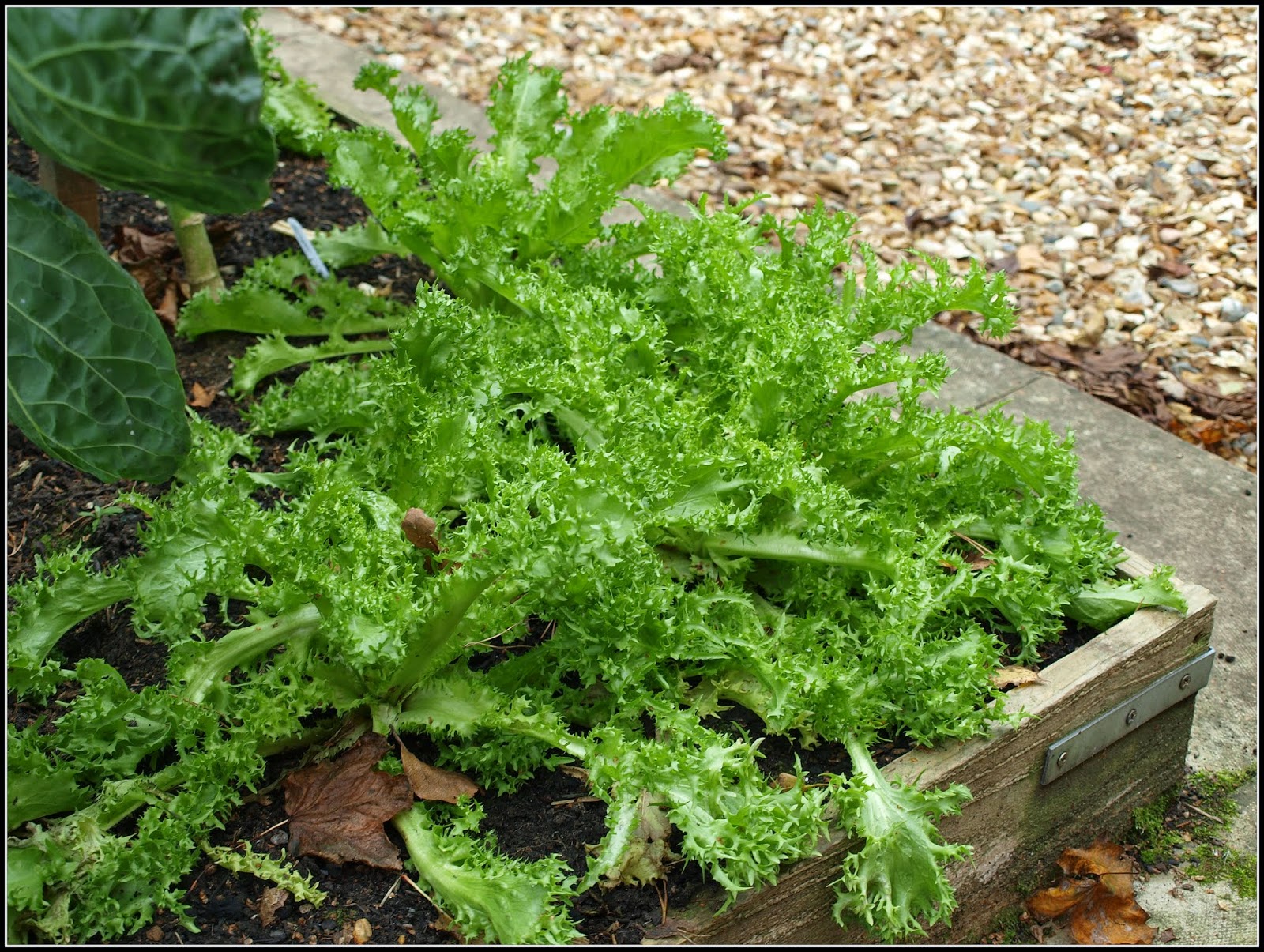One or two readers have recently asked me to do a post about what I have grown in my garden this year - as a whole, I mean, rather than writing about each crop separately. Here goes then...
The vegetable-production part of my garden has for many years been based upon six raised beds, each 1 metre wide and 2.4 metres long.
 |
| The plot in Early Summer. Note that the cloches and greenhouses have been removed. |
These were augmented a couple of years ago by this lovely Woodblocx raised bed, which is roughly the same size but twice as deep.
 |
| Parsnips (Carrots not visible, behind) |
And of course I squeeze in as many pots and containers as I possibly can.
 |
| Tomatoes |
One of the raised beds has Asparagus in it, so this is a permanent feature, whereas the other beds are the subject of a fairly strict (but not rigid) crop-rotation plan. If I saw a photo of my plot I would probably be able to tell when it was taken just by looking at where the Runner Beans are growing!
This is what I grew this year. [Look at the first photo to understand this.]
Let's call the bed with the tall Runner Beans (furthest from camera)
Bed 1. In this bed I had PSB last year, and after it had finished in about April this was replaced by Runner Beans (10 plants of "Scarlet Empire") and climbing French Beans (8 plants - 2 to each cane - of "Cobra").
 |
| Runner Beans (left) and French Beans (right) |
Going in a clockwise direction from Bed 1,
Bed 2 is the one with the Asparagus (supposedly 10, but currently 8 plants of "Gijnlim").
Bed 3 initially had two rows of Broad Beans ("Stereo" and "Witkiem Manita"). These were followed by six Purple Sprouting Broccoli plants, underplanted with Lambs Lettuce and Landcress. The PSB will mature next Spring and will then be followed by Runner Beans (See Bed 1 above).
 |
| Broad Beans |
Bed 4 has the Brussels Sprouts in it. (2 each of "Napoleon", "Brilliant" and "Bosworth"), underplanted with Curly Endives.
 |
| Brussels Sprouts, with Endives underneath them |
Bed 5 is the Salads bed, and this year has hosted Lettuces (many different types), Radicchio / Chicory (several different types), Endives (several different types), Basil, Parsley and Beetroot (2 rows of "Boltardy"), as well as a few Turnips ("Milan Purple Top") early in the season.
 |
| Salads - Lettuce, Radicchio, Endive, Beetroot etc |
Bed 6 is my Winter Veg bed this time, with Swedes ("Ruby"), Leeks ("Toledo") and Cabbages (initially "Predzvest" and "Caramba", latterly "Tundra"). I initially planted 16 Leeks, but as they have been used I have progressively replaced them with more seedlings, so I will be using them for some while to come still.
 |
| "Winter Veg" bed, with Beetroot in the foreground |
I'll call the big Woodblocx bed
Bed 7.This one has Carrots (3 varieties) and Parsnips (2 varieties). The Carrots have mostly been used now, but the Parsnips have not yet been started. I'm anxiously awaiting the chance to dig up the first ones to see what they are like. The Carrots have been very good, and I hope the Parsnips will be too.
 |
| Carrots "Early Nantes" |
Elsewhere in the garden I have had loads of pots, growing things like Tomatoes, Potatoes, Blueberries, Strawberries, Cucumbers, Leaf Celery and Herbs of many different types.
 |
| Potatoes |
 |
| Cucumbers "Iznik F1" |
And don't let's forget my favourite chillis, which are also always grown in pots, so that I can move them around and protect them from the elements when necessary.
 |
| Chillis, tomatoes, potatoes |
Well, I hope that has given you an impression of what I have grown this year. My policy it to have small quantities of lots of different things, so there is always something new coming along, and no gluts. This is what makes gardening such an interesting and absorbing hobby - as well as a productive one. Next year will always be different, despite some similarities with previous years.

















































